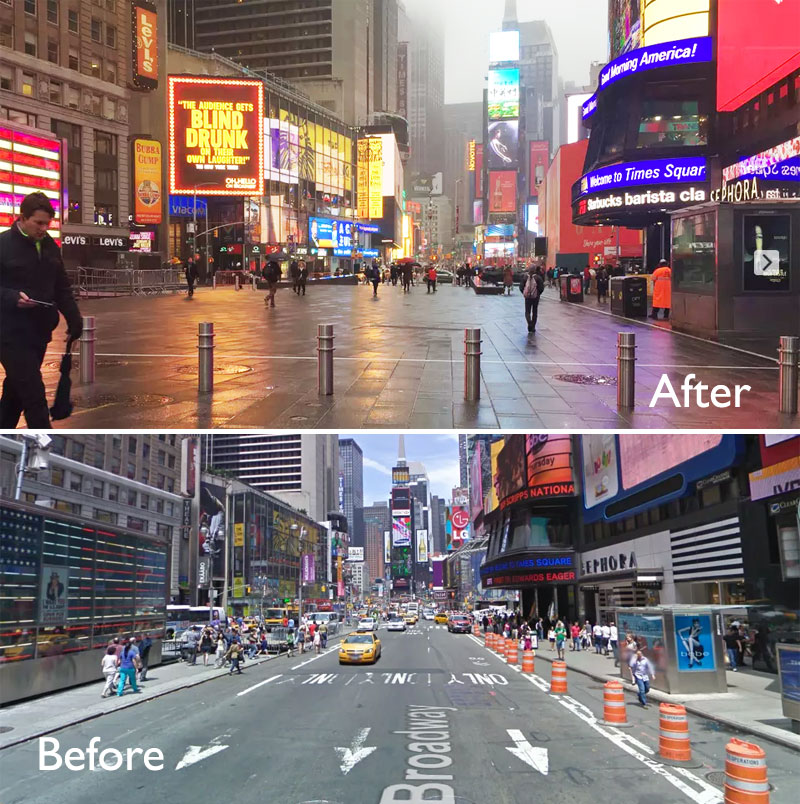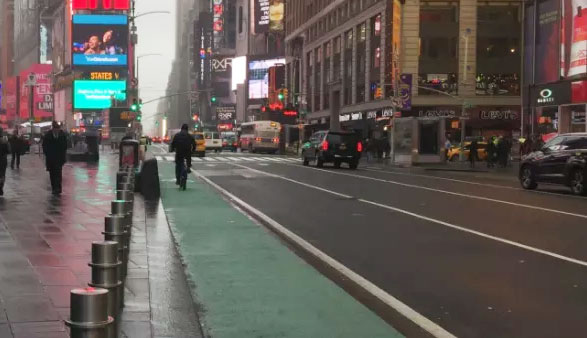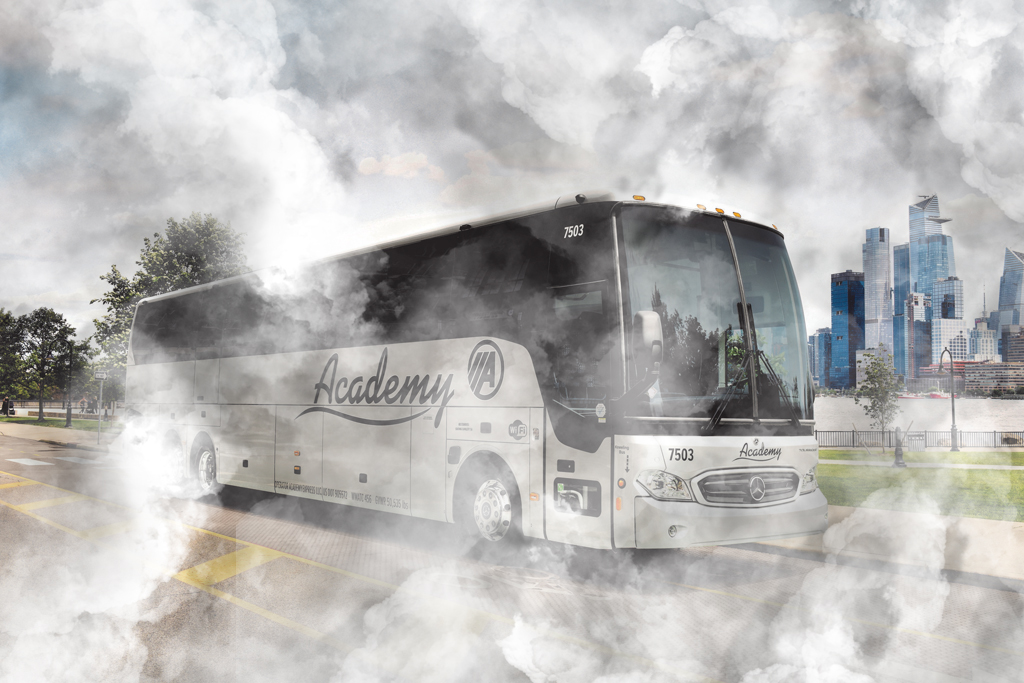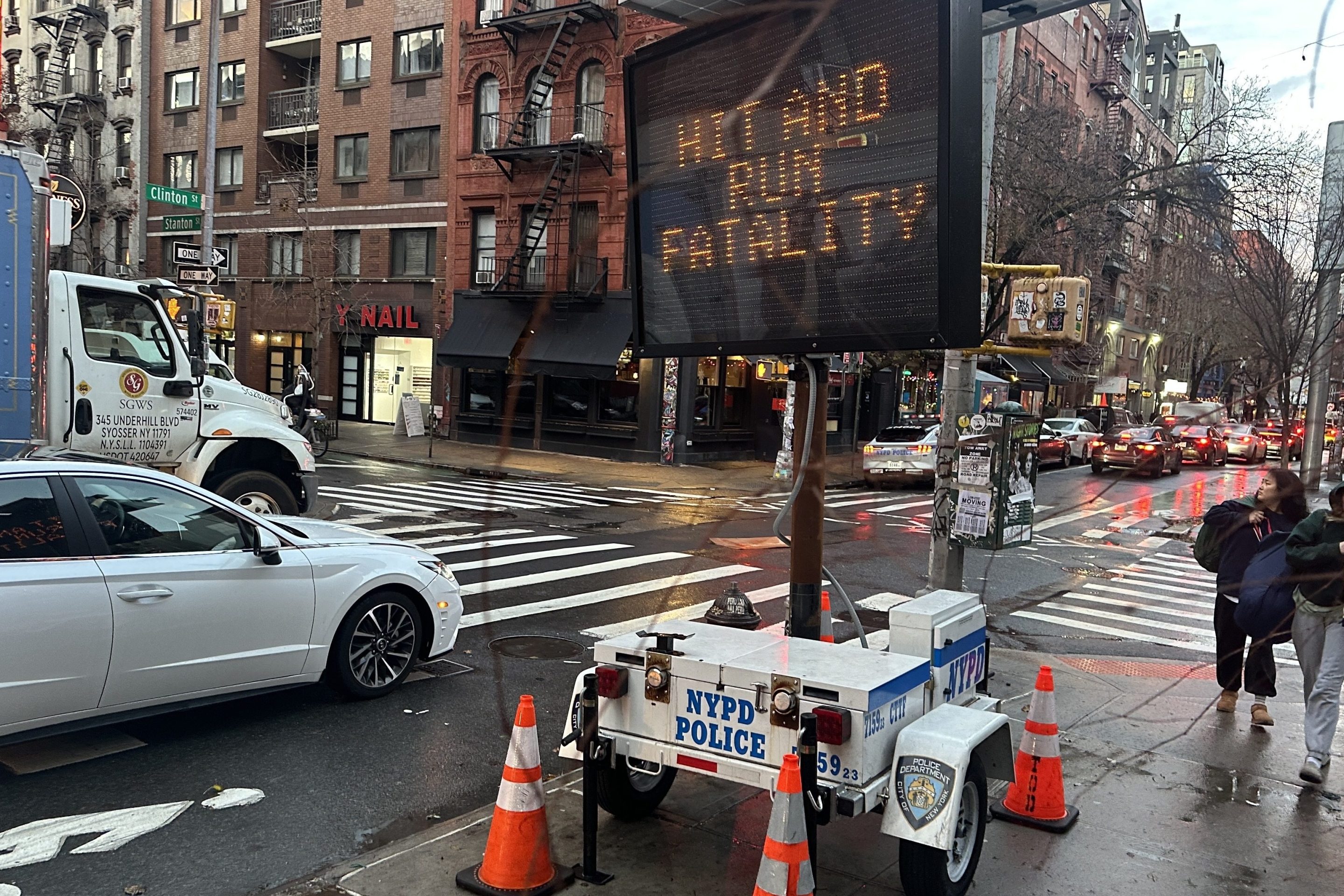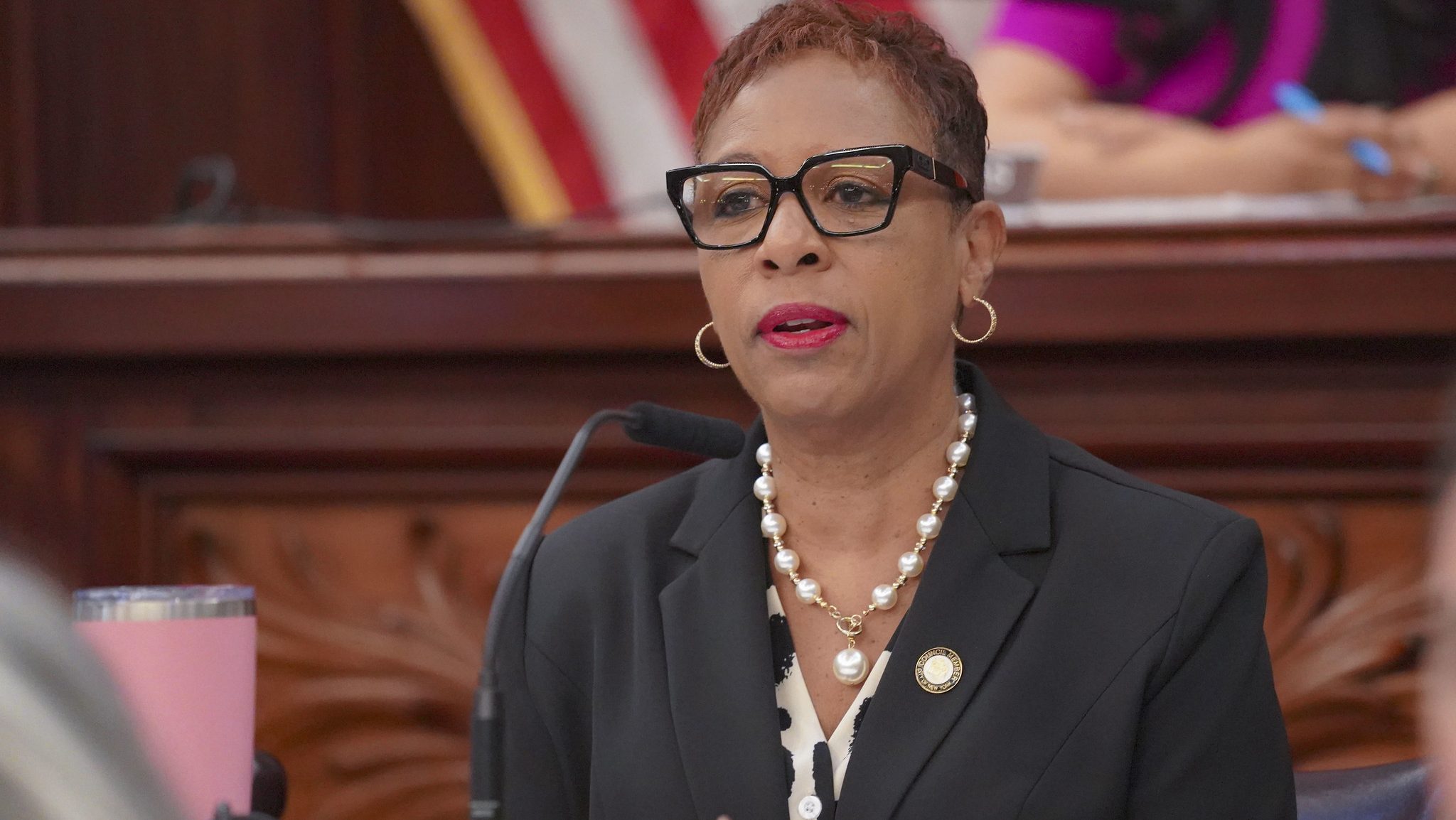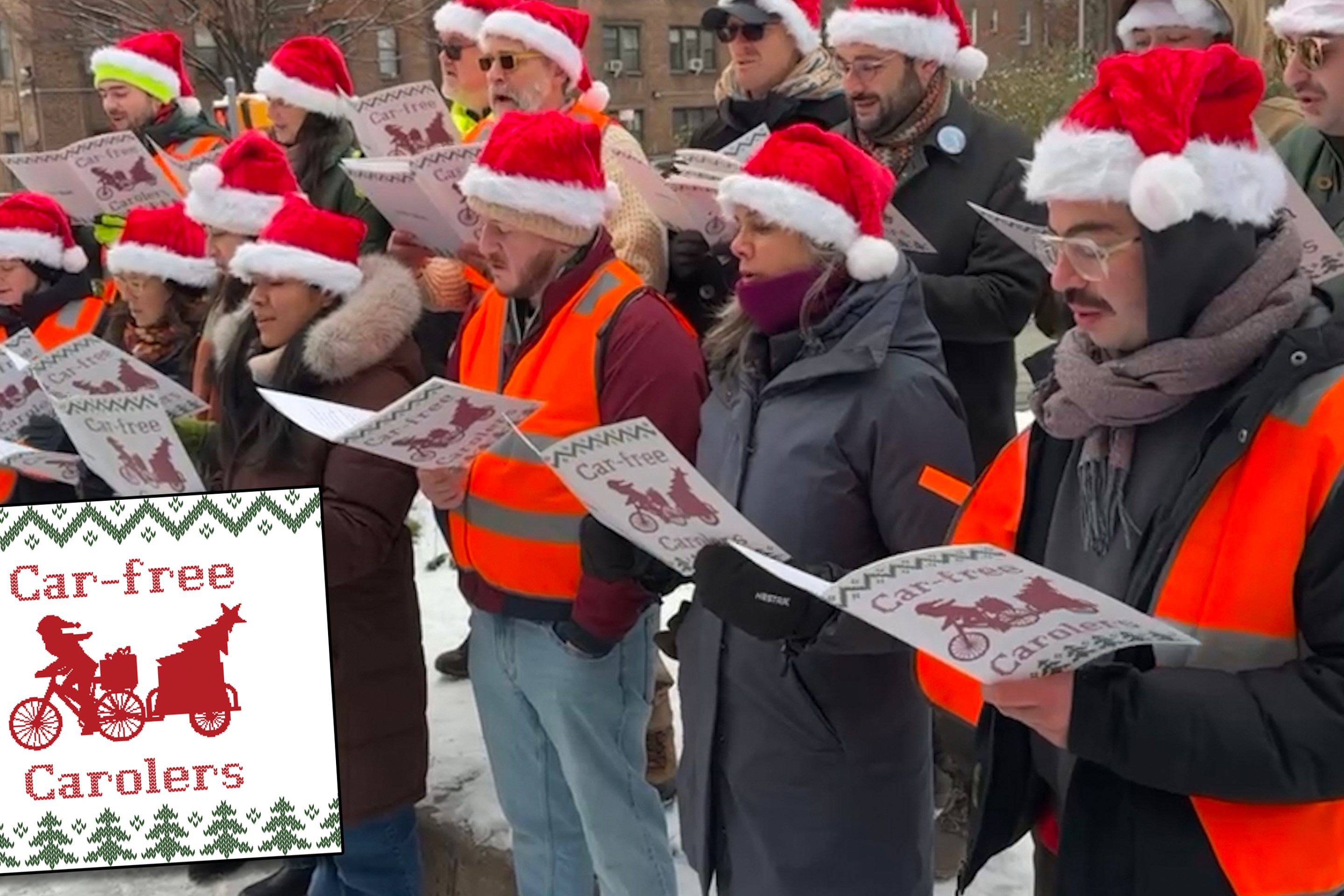Construction on the Times Square pedestrian plazas wrapped up last month just in time for last weekend's ball drop festivities. Officials from both the de Blasio and Bloomberg administrations gathered Wednesday to mark the completion of four years of construction.
"It's been almost eight years since Broadway at Times Square was first closed to vehicular traffic and I'm happy to say now, with this beautiful project done, it's never looked better," said Transportation Commissioner Polly Trottenberg.
Before 2009, when the Bloomberg administration's "Green Light for Midtown" project first blocked off car-free zones on Broadway between 47th Street and 42nd Street, Times Square was a hellish place to walk. While pedestrians outnumbered vehicles nine to one, the old design confined them to just 10 percent of the street space.
For a moment in 2015, de Blasio administration officials (especially former police commissioner Bill Bratton) made some noise about potentially reversing the plazas, but they came to their senses.
It's hard to imagine going back to the way things were. With the plazas, traffic injuries have dropped, foot traffic is up, business is booming for retailers. The changes polled extremely well among New Yorkers.
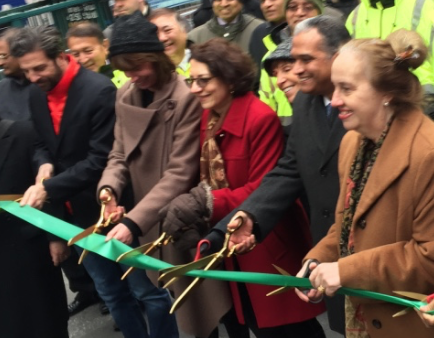
"Transforming car space into people space helped the local area grow and thrive," said former NYC DOT chief Janette Sadik-Khan. "Times Square has created a powerful example for the rest of the world."
When DOT first implemented the plazas under Sadik-Khan, they consisted of paint, planters, and chairs. Capital construction began in 2012 under the supervision of the Department of Design and Construction, and was originally slated to wrap up in 2014, DNAinfo reported at the time.
Like many DDC street construction projects, the Times Square plazas took years longer to complete than anticipated. The full spatial benefit of the plazas was hard to appreciate as long as the streets and sidewalks were a construction zone.
Last week city officials celebrated the project's "on-time" completion -- meaning before the ball drop ceremony. But even early last year, DDC's project database listed the completion date as April 14, 2016.
The city often attributes those delays to the layers of infrastructure under each project. Work at Times Square, for example, included the installation of all new fiber-optic cables by Verizon, according to DDC Commissioner Feniosky Peña-Mora.
I asked Peña-Mora if DDC learned anything from the Times Square project, but he didn't cite any specifics. "Each location has a lot of different complexities," he said. "We try to learn from each one, but each one is unique."
Included in the final project is a bike connection between 47th Street and 42nd Street via Seventh Avenue, providing a detour around the crowded plazas. From Broadway, cyclists take a block-long contraflow protected lane on 47th Street, then go to the eastern side of Seventh Avenue, which has sharrows for one block before a raised bike lane begins. Signage directs cyclists onto 42nd Street, where they can turn back onto Broadway.
